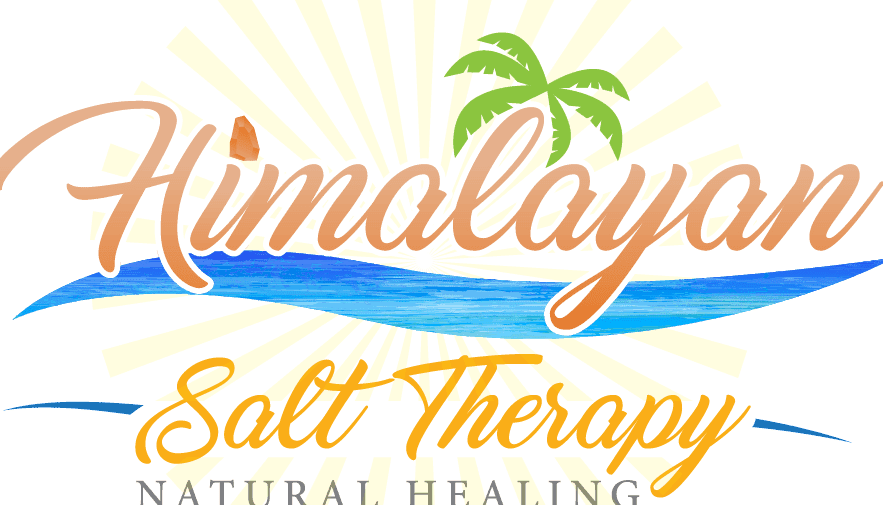
Embracing Serenity: A Guide to Relaxation Techniques

In the fast-paced world we live in, finding moments of tranquility is essential for our overall well-being. The constant demands of work, family, and everyday life can leave us feeling stressed and overwhelmed. In this blog, we'll explore various relaxation techniques that can help you unwind, rejuvenate, and bring a sense of calm into your life.
Deep Breathing Exercises: One of the simplest and most effective relaxation techniques is deep breathing. Take a few minutes each day to practice deep, slow breaths. Inhale deeply through your nose, allowing your lungs to fill with air, and then exhale slowly through your mouth. This practice can help reduce stress, lower blood pressure, and promote a sense of calm.
- Progressive Muscle Relaxation (PMR): PMR involves tensing and then relaxing different muscle groups to release physical tension. Start by focusing on your toes, gradually working your way up to your head. As you tense each muscle group, hold the tension for a few seconds before releasing. This method is excellent for both physical and mental relaxation.
- Mindfulness Meditation: Mindfulness meditation is about being present in the moment without judgment. Find a quiet space, sit comfortably, and focus on your breath or a specific point of attention. When your mind starts to wander, gently bring it back to the present moment. Regular mindfulness practice can enhance self-awareness, reduce stress, and improve overall well-being.
- Visualization: Visualization involves creating a mental image of a peaceful and calming scene. Close your eyes and imagine yourself in a tranquil setting, such as a beach, forest, or meadow. Engaging your senses in this mental imagery can transport you to a state of relaxation and provide a mental escape from everyday stressors.
- Yoga and Tai Chi: Both yoga and Tai Chi combine gentle movements with focused breathing, promoting relaxation and flexibility. Incorporating these practices into your routine can help reduce stress, improve balance, and enhance overall physical and mental well-being.
- Aromatherapy: Scents have a powerful impact on our emotions and mood. Explore the world of aromatherapy by using essential oils like lavender, chamomile, or eucalyptus. Diffusers, candles, or scented oils can create a calming atmosphere, promoting relaxation in your environment.
- Disconnecting from Technology: Constant connectivity to technology can contribute to stress and anxiety. Set aside specific times to disconnect from screens, emails, and social media. This digital detox can help clear your mind and create space for relaxation.
Incorporating relaxation techniques into your daily routine is an investment in your mental and physical health. Experiment with different methods to find what works best for you. Whether it's deep breathing, meditation, or a walk in nature, taking time for relaxation is a valuable step towards achieving balance and serenity in your life.
Get in Touch
By submitting, you agree to receive text messages at the provided number from Himalayan Salt Therapy. Message frequency varies, and standard message and data rates may apply. You have the right to OPT-OUT receiving messages at any time. To OPT-OUT, reply "STOP" to any text message you receive from us. Reply HELP for assistance.

